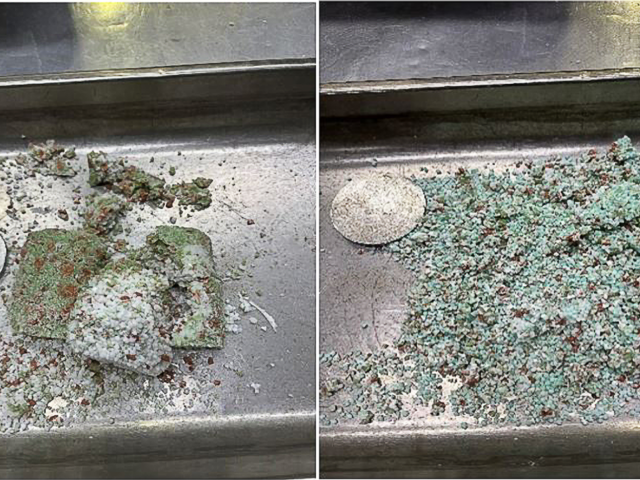
Reduce Clumping in Dry Fertilizer Blends With ESN
Humidity and warm temperatures can cause fertilizer blends to take on moisture over …
The replicated strip-trial results above from three Kentucky site-years show how ESN can be used in combination with anhydrous ammonia. ESN treatments were applied as a top-dress either as a blend of 75% ESN and 25% urea or as ESN following fall-banded ammonia. ESN may also be applied before or at planting for single-application nitrogen management. Applying part or all the nitrogen in spring or at side-dress improves nitrogen-use efficiency and crop yields.
The harvest was very challenging in many corn and soybean growing areas in North America. In fact, weather conditions pushed corn and soybean harvest into the following year in some areas and prevented fall fertilizer application.
Estimates range from 60% to 70% of those acres where fall anhydrous ammonia application is common practice did not receive this application, shifting nitrogen applications into this spring.
Where anhydrous ammonia is yet to be applied, consider the following practices to optimize nitrogen efficiency and avoid crop injury:

| Attachment | Size |
|---|---|
| Using ESN in Combination with Anhydrous Ammonia | 760.45 kb |

Humidity and warm temperatures can cause fertilizer blends to take on moisture over …

Recent research in Idaho identified the effectiveness of ESN as the nitrogen source …

For an in-depth discussion on the various nitrogen loss mechanisms and how to …